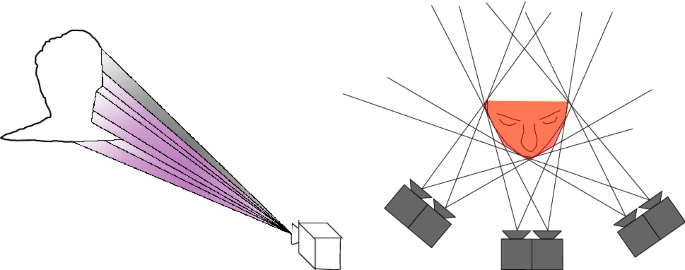

IEEE International Parallel and Distributed Processing Symposium (IPDPS'21), 2021 Sparse matrix operations without major performance loss. It is now possible to include RCM reordering into sequences of Results are especially significant for many-core architectures, as Significantly faster than previous parallel CPU approaches. NVIDIA’s single-threaded cuSolver RCM implementation and is It achieves several orders of magnitude speed-up over We propose the first RCM implementation that runs on the Is identical to the ground-truth single-threaded algorithm. In combination with a parallel work queue, newīatches are started in order and the resulting RCM permutation Increase parallelism and reduce dependencies, we create a signalingĬhain along successive batches and introduce early signalingĬonditions. We re-evaluate the discovery and build new batches. Thread-block speculatively discovers child nodes and sorts themĪccording to the RCM algorithm. For every batch, a single CPU-thread/a GPU Our algorithm parallelizes RCM into mostly independentīatches of nodes. Moving the computation to the data rather than vice versa.

That can execute on multicore CPUs and many-core GPUs alike, Knowledge, we are the first to propose an RCM implementation Matrices, potentially multiple times in-between operations, mightīe essential for high throughput. Offer subpar single-threading performance and are typically onlyĬonnected to high-performance CPU cores via a slow memoryīus, neither computing RCM on the GPU nor moving theĭata to the CPU are viable options. As many-core architectures, like the GPU, Is often applied, which is challenging to parallelize, as its core Reducing permutation, Reverse Cuthill-McKee (RCM) reordering Of other sparse matrix operations, e.g., sparse matrix vector To reduce fill-in of linear solvers and to increase performance
CAPTURING REALITY CUDA OPENGL DRIVERS
If you would like to be notified of upcoming drivers for Windows, please subscribe here.Abstract: Bandwidth reduction of sparse matrices is used To workaround, avoid changing the resolution, or disconnecting from or connecting to an external display with the application opened.
CAPTURING REALITY CUDA OPENGL DRIVER


The PB driver is a superset of the NVIDIA Studio Driver and provides all the benefits of the Studio Driver of the same version, in addition to NVIDIA RTX-specific enhancements and testing. PB drivers are designed and tested to provide long-term stability and availability, making these drivers ideal for enterprise customers and other users who require application and hardware certification from ISVs and OEMs respectively. This new driver provides improvements over the previous branch in the areas of application performance, API interoperability (e.g., OpenCL/Vulkan), and application power management. Release 470 is the latest Production Branch (PB) release of the NVIDIA RTX Enterprise Driver. NVIDIA RTX Enterprise Production Branch Driver


 0 kommentar(er)
0 kommentar(er)
